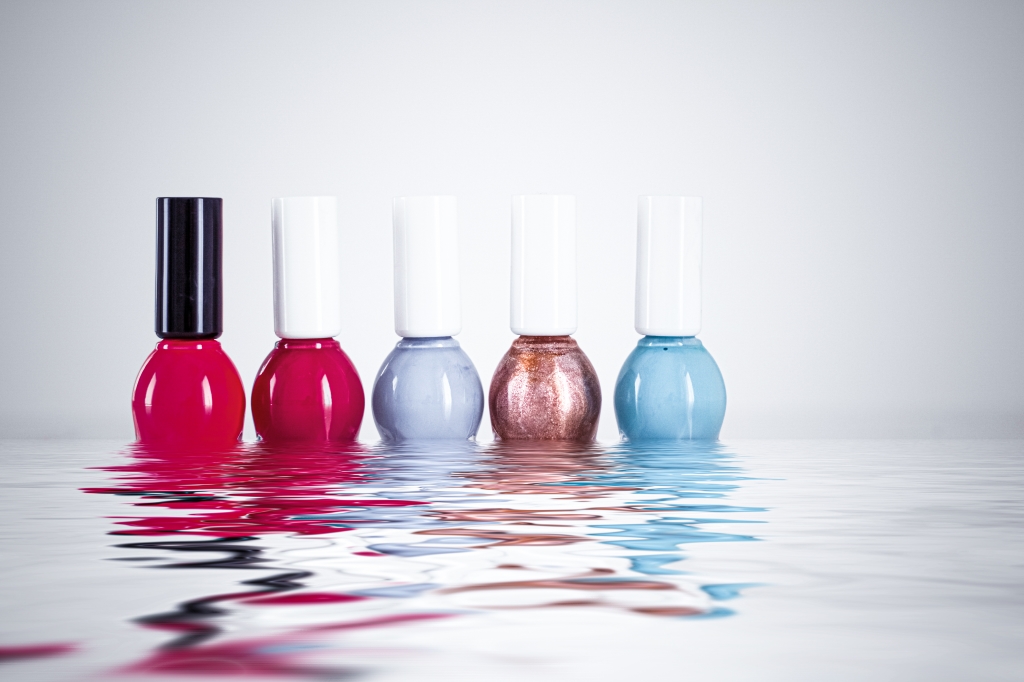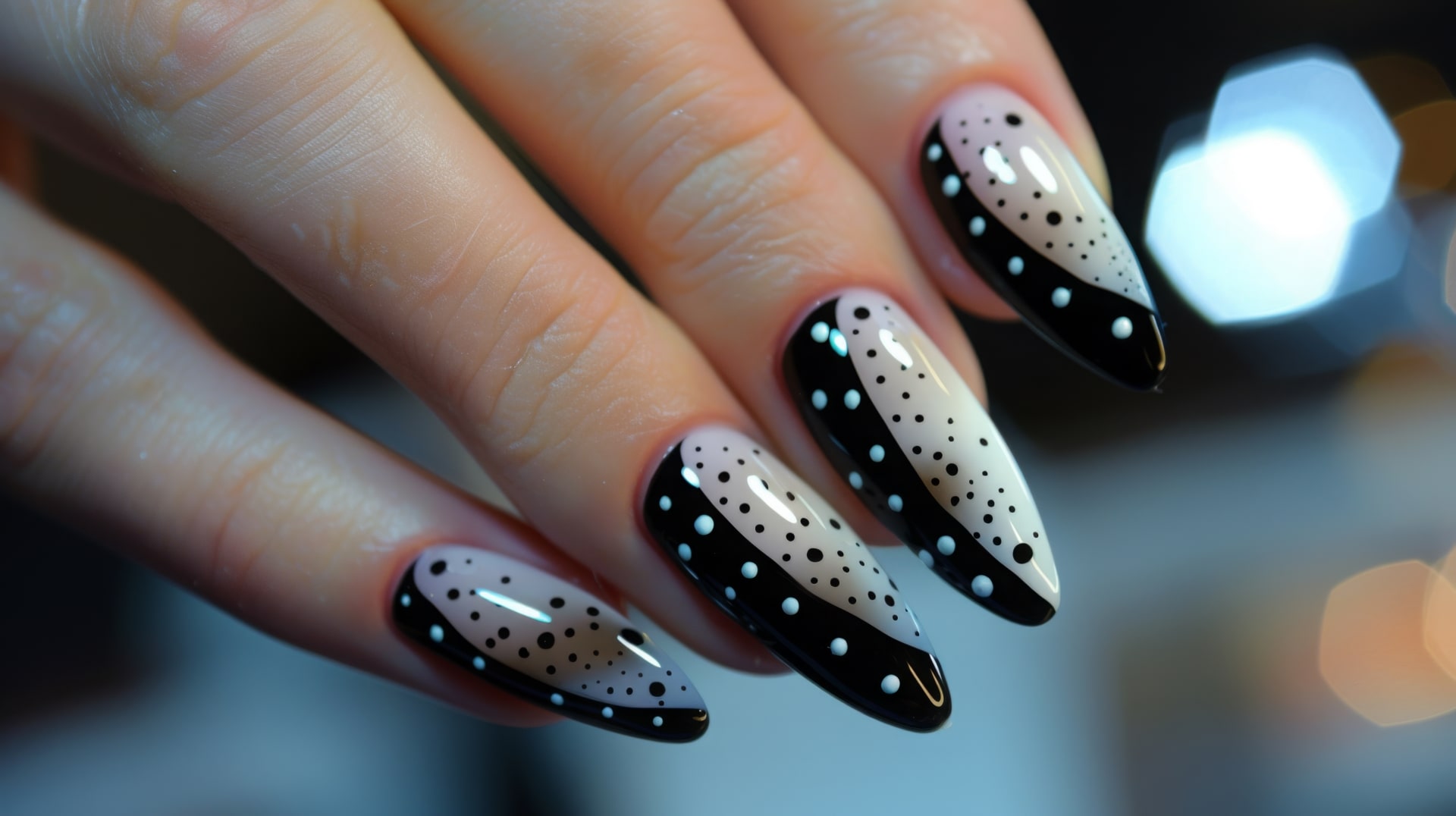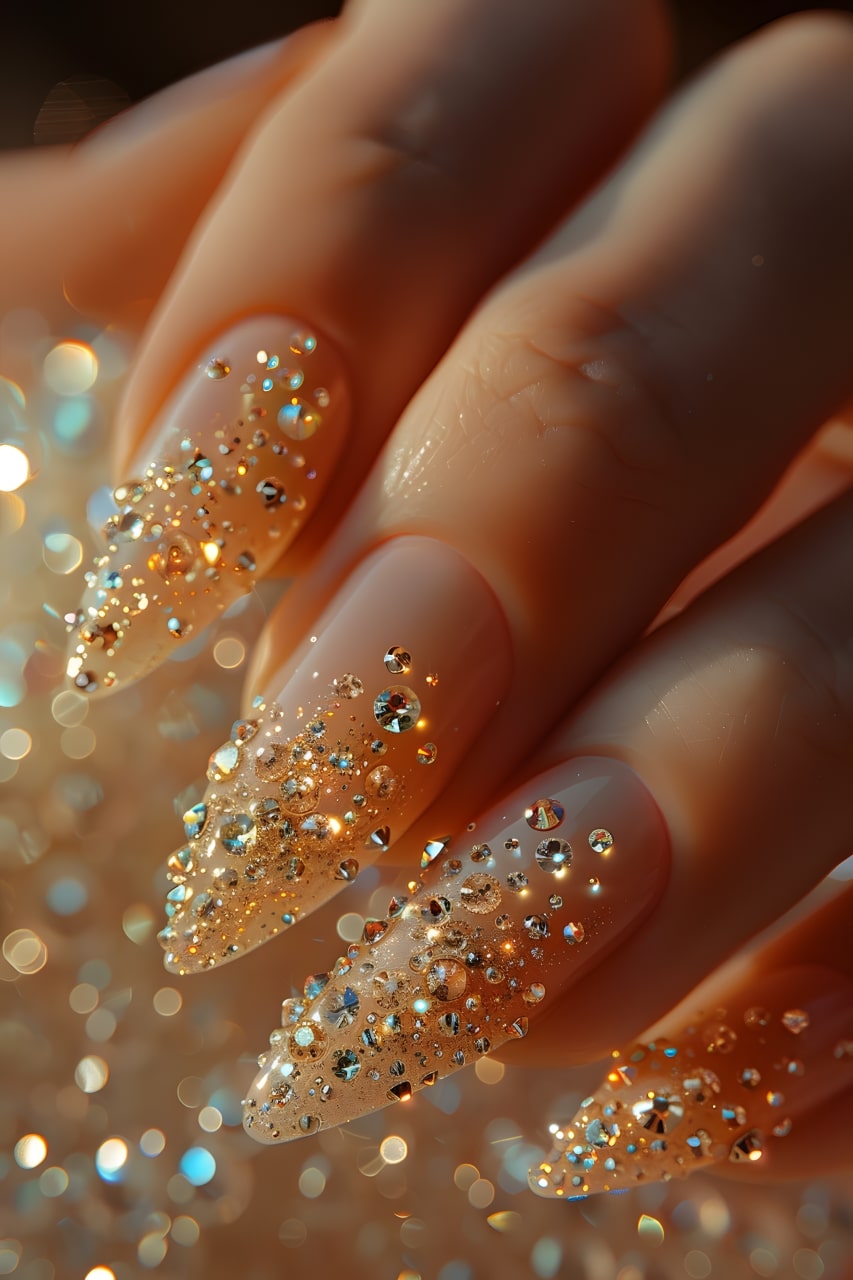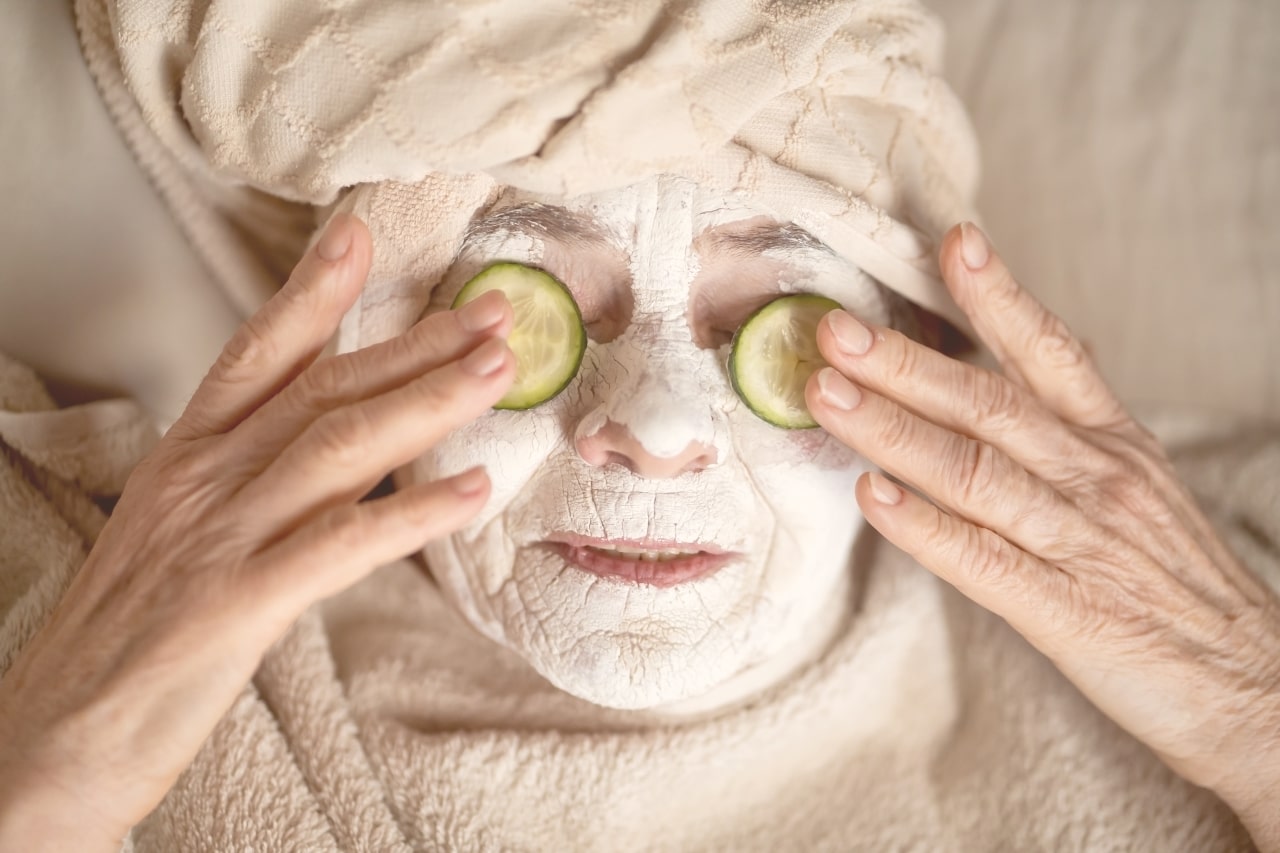Gel polish has become a staple in the world of nail care, offering a long-lasting, chip-resistant finish that many prefer over traditional polish. Whether you’re a professional nail technician or a DIY enthusiast, the allure of gel polish is undeniable. But as the market for gel polishes grows, it begs the question: Are all gel polishes created equal? The short answer is no. Not all gel polishes are made with the same ingredients, quality, or performance in mind. In fact, there can be significant differences between brands, formulations, and application methods. Let’s dive into the factors that set high-quality gel polishes apart from the rest.
1. Ingredients Matter: What’s in Your Gel Polish?
One of the most important factors in determining the quality of a gel polish is its ingredient list. Gel polishes are typically made from a combination of resins, pigments, and stabilizers that give the polish its long-lasting finish. However, not all brands use the same formulation, which can affect everything from application to wearability.
- High-Quality Gel Polishes: Premium brands tend to use high-quality ingredients that are free from harsh chemicals like toluene, DBP (dibutyl phthalate), and formaldehyde, which can be harmful to both the nails and the environment. These gel polishes are often more flexible, less prone to chipping, and easier to remove without damaging the natural nail.
- Lower-Quality Gel Polishes: On the other hand, cheaper brands might use lower-grade ingredients that can cause the gel polish to peel or lift prematurely. These formulations may also have a stronger, more unpleasant odor or contain potentially irritating chemicals. While they may be more affordable, they often don’t deliver the same results.

2. Pigmentation and Color Payoff
Pigmentation is another crucial factor when assessing gel polish quality. A well-pigmented gel polish will give full, rich color in just one or two coats, making application faster and more efficient.
- Superior Pigmentation: High-quality gel polishes typically offer a more concentrated pigment, meaning you’ll get fuller coverage with fewer layers. This is particularly important for darker colors or bold shades that require opacity.
- Inferior Pigmentation: Lower-quality gel polishes may need more coats to achieve a uniform and vibrant color, leading to a longer application time and sometimes uneven results. Over-application can also result in the gel polish becoming too thick, leading to potential bubbling or chipping.
3. Consistency and Application
How gel polish applies to the nail is another area where products can vary significantly. Consistency is key to a smooth, even application.
- Smooth Application: High-end gel polishes often have a silky, smooth consistency that glides on effortlessly. They don’t streak or pool around the cuticles, and the formula is typically self-leveling, which helps in achieving a flawless finish. These polishes also tend to stay where you place them without flooding the cuticles, making the application process easier and more professional-looking.
- Thicker or Thinner Formulas: Some gel polishes can be too thick, which can lead to a clumpy or uneven finish. Others may be too thin, requiring multiple coats to achieve a full color payoff. A good gel polish should strike a balance, providing enough thickness for easy control but not being so thick that it becomes difficult to work with.

4. Curing Time: Efficiency and Performance
The curing time for gel polish is another area where quality can vary. Most gel polishes require a UV or LED lamp to cure, and the curing time can range from 30 seconds to 2 minutes, depending on the polish and the type of lamp used.
- Quick Curing Polishes: High-quality gel polishes cure faster, which is especially beneficial for busy nail technicians. LED lamps, in particular, tend to cure gel polishes faster than UV lamps, and a superior formula will cure effectively under these conditions without compromising the finish.
- Inconsistent Curing: Lower-quality gels might not cure as efficiently under standard UV or LED lamps, leading to uneven finishes, tacky spots, or premature chipping. It’s crucial to use a polish that guarantees a proper cure every time, especially for those with busy schedules or who perform multiple applications in a row.
5. Longevity and Durability
One of the primary reasons people opt for gel polish is its durability and long-lasting finish. A good gel polish should withstand daily wear without chipping or peeling.
- Superior Longevity: High-quality gel polishes are known for their resilience and wearability, often lasting anywhere from two to three weeks without chipping or fading. This is thanks to the superior formulation that provides a strong bond to the nail, allowing it to flex with natural movement and resist the stresses of everyday life.
- Inferior Longevity: Cheaper gel polishes may lift at the edges, chip, or fade faster than higher-end products. These polishes are often more prone to peeling and may require touch-ups after just a few days, which can be frustrating for both professionals and DIY users.

6. Removal Process: Gentle vs. Harsh
Another aspect of gel polish to consider is how easily it can be removed. High-quality gel polishes are designed to come off cleanly, often with less damage to the natural nail, while low-quality polishes may be harder to remove and cause more wear and tear.
- Gentle Removal: Premium gel polishes tend to soak off easily without causing damage to the natural nail bed. They may require soaking in acetone for 10-15 minutes, after which the gel will gently lift off, leaving the nail healthy and intact.
- Harsh Removal: Cheaper gel polishes may be more stubborn and require scraping or excessive buffing to remove. This can damage the natural nail or lead to overuse of acetone, which can dry out the nails and cuticles.
What’s the Bottom Line?
Not all gel polishes are created equal, and the quality of the polish you choose can have a significant impact on the results of your manicure. High-quality gel polishes typically feature better ingredients, superior pigmentation, smooth application, faster curing times, and longer-lasting wear. They’re also easier to remove without damaging your nails. While cheaper options may save you money upfront, they often come with trade-offs in performance and longevity.
For nail professionals and enthusiasts alike, investing in a good-quality gel polish brand is worth the cost. It not only ensures a better end result but also contributes to the overall health and appearance of your nails. So, next time you pick up a bottle of gel polish, remember that quality truly matters—your nails will thank you for it!





